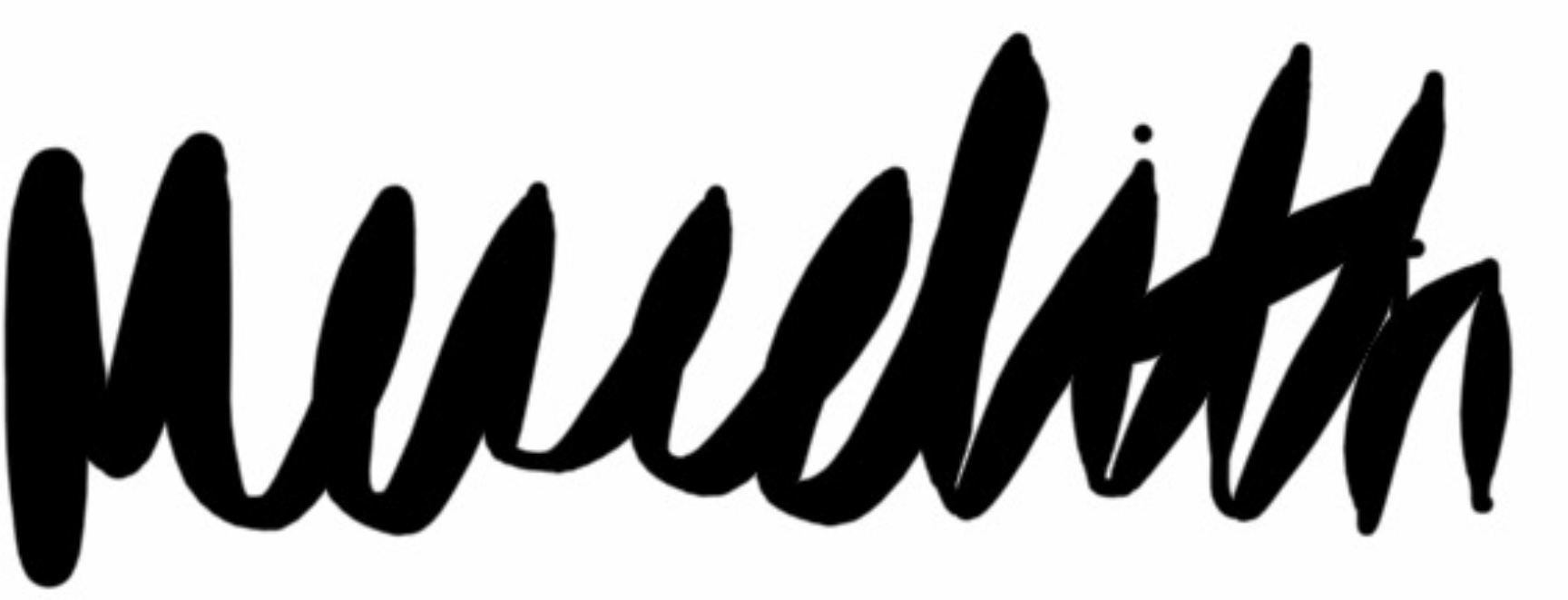Bullish Vs. Bearish Stock Market... "Are you actually bullish now?". That was the question I got from StockNews CEO Steve Reitmeister late last week after I published my commentary for my POWR Stocks Under $10...
This story originally appeared on StockNews

"Are you actually bullish now?". That was the question I got from StockNews CEO Steve Reitmeister late last week after I published my commentary for my POWR Stocks Under $10 newsletter. Even though he and I differ about our respective stock market (SPY) outlooks from time to time, I think my answer still surprised him. Let me tell you how it all went down.
(Please enjoy this updated version of my weekly commentary published January 17th, 2023 from the POWR Growth newsletter).
For those of you who missed my Stocks Under $10 issue, I highlighted some bullish "green shoots" I saw in Thursday's CPI report. Here's the recap. (And for those of you who have already read this, apologies for repeating myself.)
Here are the two most interesting data points I saw:
1) Home prices increased just 0.8% compared to last month. Shelter accounts for about a third of CPI. Gains in this line have levelled off and are no longer driving large jumps in inflation.
2) Used car prices were down 2.5% last month and down 8.8% over the past year. While used car prices account for a much smaller portion of CPI — just 3.6% — Fed officials blamed the spike in used car prices for inflation when it began rising in 2020. I'd bet Fed economists are still watching the data and are pleased with this drop.
This month's report also marked the third consecutive downtrend in consumer inflation.
I'm not going to come out and declare that we've won the war — if you've been reading these issues for the past few months, you know I think there is still more room for downside than upside — but I will go on record saying things are trending in the right direction.
The fact that we now have three consecutive months of reports all pointing in the same direction is very positive.
Additionally, the fact that the labor market has somehow remained healthy gives me a spark of hope that the elusive "soft landing" may actually come to pass.
I found the details to be encouraging. And based on the rally that took place afterward, it looked like other traders agreed.
So, back to Reity's big question. Am I bullish now?
The answer is… it's complicated.
I've been pretty bearish for the past six or seven months. Fed Chair Jerome Powell made it pretty clear that inflation was Enemy No. 1 and the central bank was going to do anything in its power to get prices under control. I mean, come on; his top buzzword was "pain." It was not a good time to be long anything.
And as we saw in 2022, Powell meant what he said and he said what he meant. Stocks paid the price, falling nearly 20%. We finished the year commiserating about our "no show" Santa Claus rally and sighing over the number of analyst predictions for poor earnings and a coming recession.
And then, we flipped over our calendar year and things started looking up. Stocks have gained nearly 4% in just a few weeks. And price can't lie. Clearly someone is buying.
So, what's the deal? Did someone just forget to send out the memo that we had switched from bear to bull?
Things certainly seem better than we were collectively expecting at the end of December.
So, am actually I bullish now? Not particularly. But I'm not particularly bearish either.
If you ask me, I think we're somewhere in between. Things aren't roses and teddy bears… but they're also not on the verge of collapse.
Yes, we still have inflation and a Fed threatening to raise the terminal rate further… but we also have three consecutive months of reports showing that inflation is in a downtrend.
We have an inverted yield curve… but we also have economist Campbell Harvey saying the famed (and highly accurate) recession indicator could be wrong this time. That's a really big deal; Harvey is the guy who linked inverted yield curves to recessions in the first place.
We have huge earnings misses like today's Goldman Sachs report… and then major earnings beats like today's United Airlines report.
Things are complicated, y'all!
But I see three potential turning points that could make things a whole lot less complicated, one way or the other.
1) Things (economic data/earnings/current events) turn negative.
One reason I think people may be buying right now? We set the bar really, really low. Going into the year, we were expecting disaster. But so far, things have been pretty neutral, which means they've been great!
But if this is just a bear market rally, I think the first sign of negativity could spoil the party and scare off investors. And then we're back to everything just being the worst.
But if we get some bad news and investors just shrug it off? Or if we continue to see more of these economic "green shoots" in subsequent reports? Then yeah, I think we could be looking at a new bull.
2) The job market finally snaps.
The "consumer" will keep consuming as long as the jobs picture remains rosy. That's certainly another factor buoying stock prices right now. A lot of people are arguing that we "can't" have a recession because the job market is too strong.
Of course, this is a bad "bull market" indicator to rely on, since employment lags behind most other indicators.
Sure, if employment stays tight, people will keep spending and the Fed will probably get the "soft landing" they've been aiming for. But we could be well on our way down the next leg lower before we see any weakness in job numbers because employment is a lagging indicator.
That's why it's difficult to hang your hat on the jobs data.
(Oh, and we have seen some weakness in job numbers. Just ask anyone you know who works — worked? — in the tech industry, where a number of major companies have laid off several thousand employees.)
3) The S&P 500 breaks above 4,000… and stays there.
This is a major psychological resistance level in the market right now. In the past week, the S&P 500 (SPY) has managed to get THIS CLOSE to closing above 4,000… only to fall pennies short.
Why does that number matter? It doesn't, theoretically. What does matter is that we've failed to break above it now — multiple times. So now, when stocks start approaching 4,000, buyers ask themselves if they're buying too high… and then all the buying interest dries up.
If investors had a strong conviction that the S&P 500 would keep climbing above 4,000, they would absolutely buy. The fact that we can't break that level means there's not enough bullish conviction. For the market to pick up again, we'll need to bust that line.
Until we do… or until we see the results from one of these two other potential turning points, things will likely remain complicated.
Conclusion
Look. The long and short of it is that we're in market purgatory. The potential of a recession is hanging over our heads… and over the market. I've even heard an analyst say it would be better to have a recession and just get it over with.
Even in the best-case scenario — no recession, mixed earnings, a pause in rate hikes — I'm not seeing anything pointing toward a market boom. Prices are still elevated. Supply chain issues are still very real. Companies are still warning investors that they're not expecting much growth for the year. It's probably not going to be a 30%-gain kind of year.
However, as we've seen in our portfolio, we can still have picks that run up 16% in a month… or 92% in the middle of a bear market!
Until we see the market turn one way or the other, we'll probably still keep about half of our capital in cash and half in high-quality growth stocks. That way, we're in a strong position regardless of which way the wind is blowing.
What To Do Next?
See my top stocks for today's market inside the POWR Growth portfolio.
This exclusive portfolio gets most of its fresh picks from our proven "Top 10 Growth Stocks" strategy which has produced stellar average annual returns of +46.85%.
And yes, it continues to outperform by a wide margin even during this rough and tumble bear market cycle.
If you would like to see the current portfolio of growth stocks, and be alerted to our next timely trades, then consider starting a 30 day trial by clicking the link below.
About POWR Growth newsletter & 30 Day Trial
All the Best!
Meredith Margrave
Chief Growth Strategist, StockNews
Editor, POWR Growth Newsletter
SPY shares . Year-to-date, SPY has gained 2.37%, versus a % rise in the benchmark S&P 500 index during the same period.
About the Author: Meredith Margrave

Meredith Margrave has been a noted financial expert and market commentator for the past two decades. She is currently the Editor of the POWR Growth and POWR Stocks Under $10 newsletters. Learn more about Meredith's background, along with links to her most recent articles.
The post Bullish Vs. Bearish Stock Market... appeared first on StockNews.com










